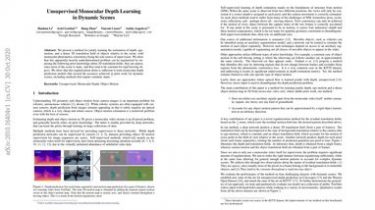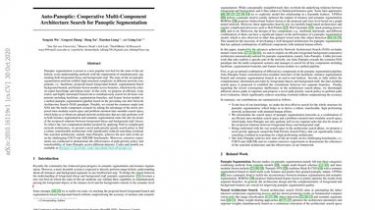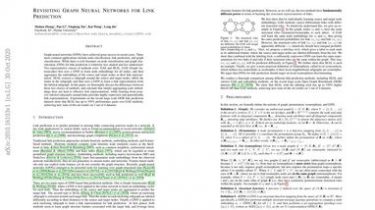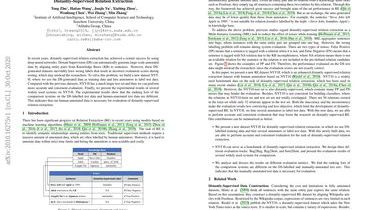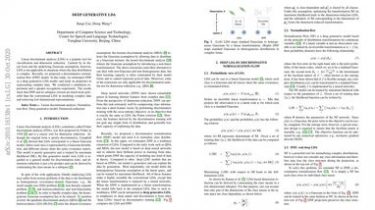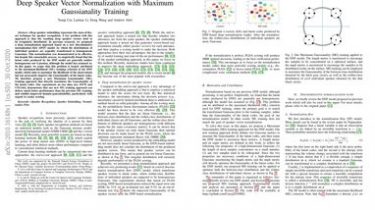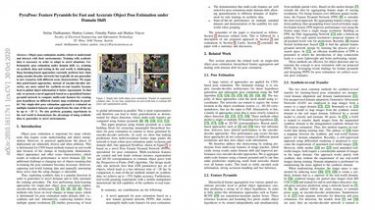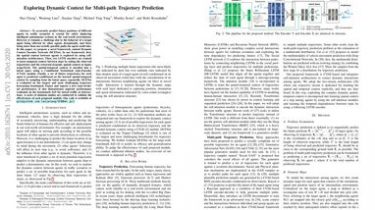Python: How to Flatten a List of Lists
Introduction A list is the most flexible data structure in Python. Whereas, a 2D list which is commonly known as a list of lists, is a list object where every item is a list itself – for example: [[1,2,3], [4,5,6], [7,8,9]]. Flattening a list of lists entails converting a 2D list into a 1D list by un-nesting each list item stored in the list of lists – i.e., converting [[1, 2, 3], [4, 5, 6], [7, 8, 9]] into [1, […]
Read more
